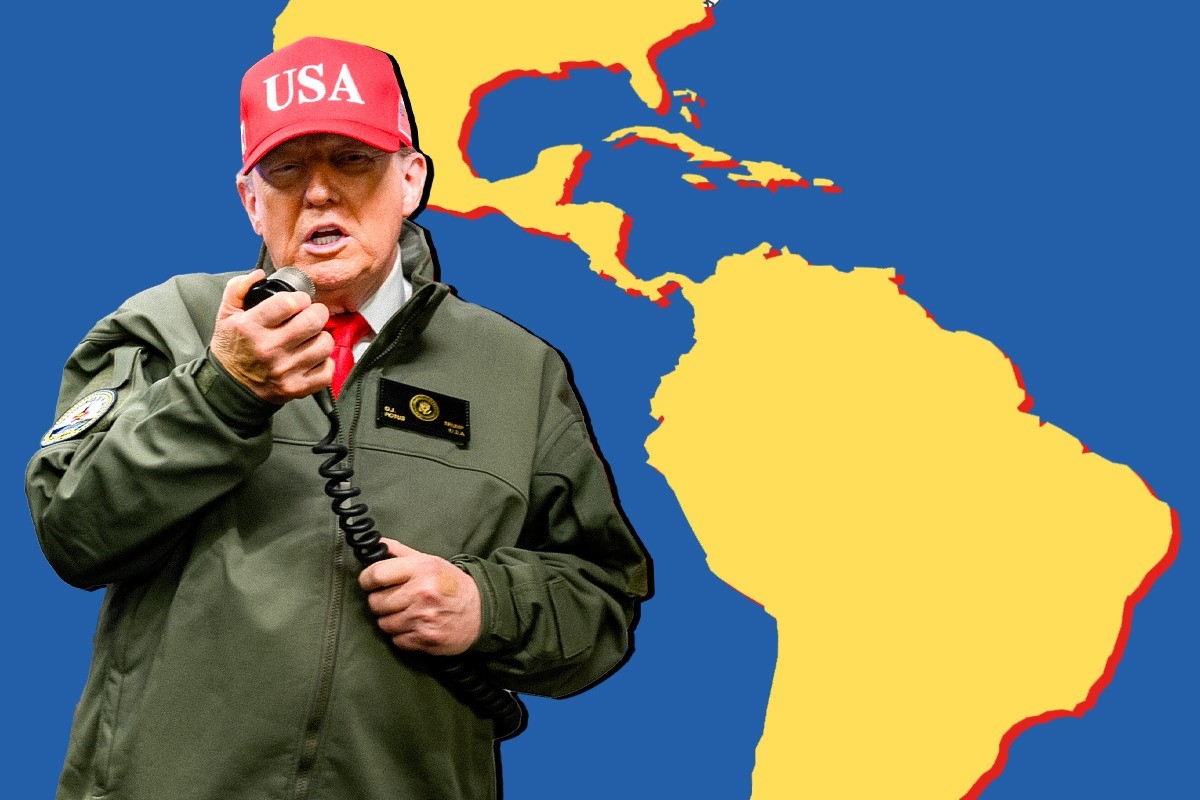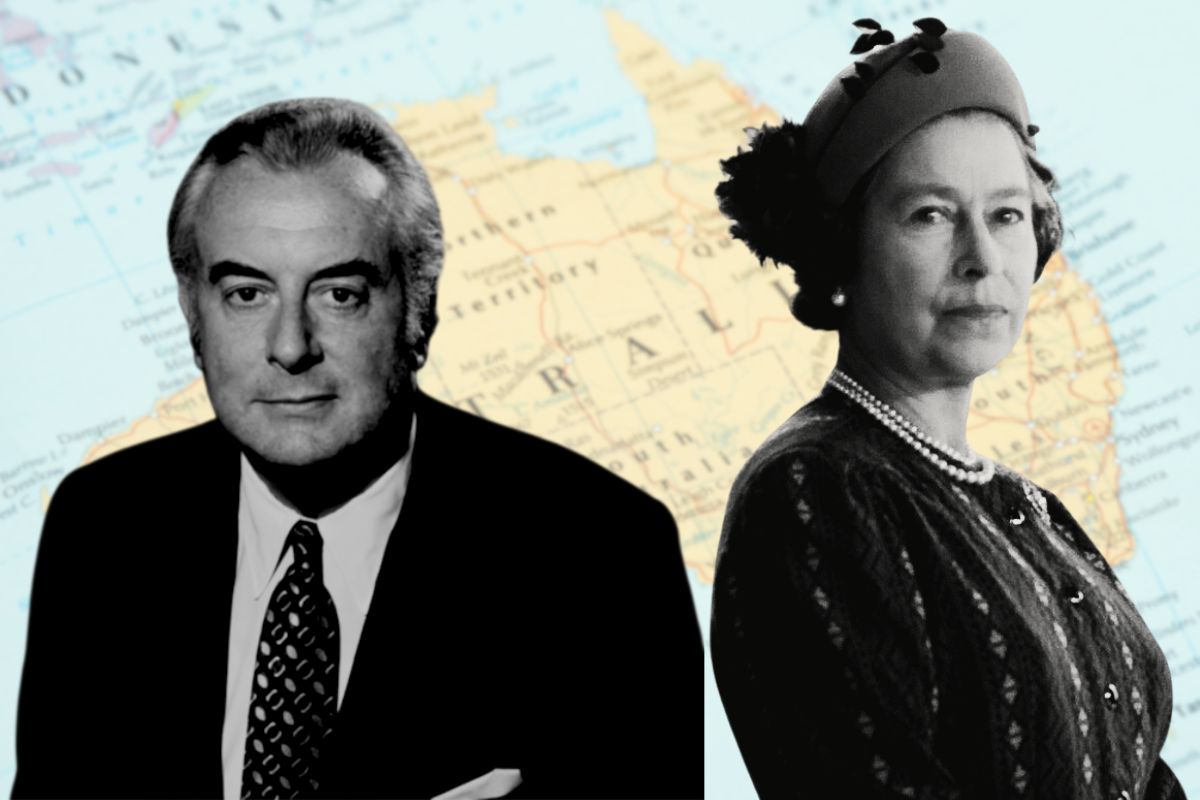The Greek economy continues to spiral
downwards. Yesterday, yields on government debt soared to a euro-ear record,
indicating market fears that Athens
would not be able to finance its debts.
The IMF is to spend 10 days in Athens working out the
terms of a Greek bail-out. This will inevitably entail further harsh austerity
measures, on top of the two rounds of public sector wage cuts and increases in
indirect taxes.
Public transport, state-controlled banks and
government offices are set to close tomorrow, with several hundred thousand
workers expected to take part in a 24-hour strike called by ADEDY, the public
sector trade union.
Financial markets have recognised that
bailout or no bailout, Greece
is heading for a default, sooner or later. A bailout could put off a default
for a period, but the crisis of Greek capitalism is deepening. Greece has a
debt to GDP ratio of 125%. It will need to raise around £44bn in finance for
each of the next five years to roll over existing debt and pay interest. That
adds up to about 250bn euros, or about 100% of Greek annual GDP.
This year, the Greek economy will shrink by
between 3% and 5%. Nominal GDP will probably contract more sharply in
2011, and
possibly into 2012 and the succeeding years. The massive cuts that are
looming
in public spending and wages are likely to push Greece into a
deflationary
spiral.
This means a savage attack on the living
standards of the working class. Huge class battles are on the
order of
the day in Greece
as elsewhere.
In the following two part article we look at the background to the Greek crisis and its wider implications.
 The world economy is gradually emerging from the biggest economic crisis
The world economy is gradually emerging from the biggest economic crisis
since the 1930s. In Britain last year we saw the biggest fall in economic
output in any single year since 1921. Now there are signs of a slow painful
recovery. However, there will be no return to “normality”. The crisis marks the
end of an epoch economically and politically. We are now entering the age of
austerity.
The economic crisis has plunged bourgeois economists into complete
disarray. These apologists of capitalism have not the slightest understanding
of the laws that govern their system. In the inaugural conference of the
Institute for New Economic Thinking, sponsored by George Soros, and including
five Nobel prize-winners, the participants “could neither agree on the cause of
the crisis nor the necessary remedies.” (Financial Times, 10/4/10)
The Crisis
The crisis was a complete confirmation of the correctness of
Marxism which understood and predicted such a development. Inherent within the
capitalist system is crisis, which arises from the anarchy of capitalist
production. The system itself erects barriers to its own development that
periodically end in slump. This was no ordinary crisis, after which everything
will simply return to normal. Capitalism has entered a blind alley, where the
existence of private ownership and the artificial limits of nation state now acts as a colossal brake
on the development of the productive forces. The decade between 2000 and 2009
saw growth rates fall to 1.7% per year, the worst decade since the Second World
War. It is a symptom of the complete impasse of capitalism.
In the past, the system was able to at least partially overcome these
fundamental contractions by the expansion of world trade. Globalisation, the intensification
of the world market, provided a certain breathing space. But this no longer
works. We are entering a new period of prolonged crisis and austerity,
inter-spaced with periods of partial and weak recovery.
There was a universal sigh of relief from the capitalists that they had
managed to avoid a complete collapse of the productive forces and the
development of a new Depression. The system suffered a heart attack but managed
to survive. However, the strategists of capital look to the future with dread
and foreboding. They have inkling that there is something fundamentally wrong.
“The near-panic of the last year seems likely to be displaced by a deeper
unease”, explained the special Financial Times report ‘The World 2010’
entitled “Unease overshadows a sense of relief” (27/1/10). It gives a number of
reasons for this anxiety.
“First, there is the fear that economic disaster may only have been
pushed further into the future rather than avoided altogether. The massive
fiscal stimuli unleashed in the US, China and the European Union will have to
be reined in at some point. But this is a risky business. There is a fear that
if spending is cut too soon, economies could fall back into recession. But if
loose money policies are continued for too long, they could simply stoke new
speculative bubbles of the sort that popped so disastrously in 2008. Meanwhile,
there is a background concern that unemployment will stay stubbornly high for
an alarmingly long period. In the US, the broad measure of unemployment stands
at more than 17%. Those who are still preoccupied by parallels with the 1930s
recall that it was not until three years after the Wall Street crash of 1929
that it became clear a financial panic had turned into a full-scale depression.
“The second reason for disquiet is a lingering sense that it will be
impossible to return to the comforting economic and political certainties of
the pre-crash world.”
No return?
There will be no return to “normality” or the “certainties” of the past.
The system only managed to avoid an outright depression by the unprecedented
bail-out, estimated to be in the region of $14 trillion. According to the Bank
of England, the total support offered in Britain and the United States amounted
to 74% and 73% of their Gross Domestic Product (GDP) respectively. Staggering sums
were poured in to rescue the capitalist system in its hour of need.
Unprecedented measures were needed in unprecedented times. The finances of the
state were put at the disposal of the bosses’ system. This comes with enormous
cost and consequences for the future. That is why there are heated debates over
how fast they can implement an exit-strategy from the bail-out policies.
However, there is a further dilemma.
“We have been able to survive this major economic shock by throwing money
at it”, explained John Hawksworth, PwC’s head of macroeconomics. “But who is to
say in ten years it won’t happen again? So we should be planning to get back
into surplus so that we have some money to throw at it [next time].” The
problem is that a new crisis could develop in the next four or five years when
governments are still struggling with debts from the previous crisis.
The scale of this current rescue package has never been equaled. This
reflected the depth of the crisis, which, given its scope and breadth, was even
more serious than the crash of 1929-31. The intervention by the state is not
new. The revolutionary crisis following the First World War pushed the
capitalist governments to intervene. As Trotsky explained, “the ruling
bourgeois cliques corrected themselves in time and carried through a
large-scale financial and government policy designed to mitigate the crisis of
demobilisation. The state budget continued to retain the monstrous proportions
of the war epoch; many enterprises were artificially kept in operation; many
contracts were prolonged to avert unemployment; apartments were rented at
prices prohibiting the repair of buildings; the government subsidised out of
its budget the import of bread and meat. In other words, the national debt
piled up, the currency was debased, and the foundations of economy were
undermined – all for the political purpose of prolonging the fictitious
commercial-industrial prosperity of the war years.”
However, as Trotsky explained in First Five Years of the Communist
International, despite the efforts of capitalism this solved nothing: “But this fictitious boom very quickly ran up
against universal impoverishment. The consumer goods industry was the first to
come to a standstill because of the extremely reduced capacity of the market,
and it threw up the first barriers of over-production which later obstructed
the expansion of heavy industry. The crisis assumed unprecedented proportions
and unparalleled forms.” (Trotsky, First Five Years of the Communist
International, vol.2, p.75)
Hard Choices
At the present time, all the politicians and representatives of capital
are banging the same drum. “Austerity! Austerity! Austerity!” From Greece,
Spain, Ireland and Iceland to Eastern Europe and beyond, the message is the
same. In Britain, the Tory leader David Cameron states “We are entering a new age of
austerity”. Gordon Brown talks about “an era of hard choices”, while Nick Clegg
calls for “savage cuts”. This is the language of the 1930s and the years of the
Depression. It is a dire warning of what is to come in Britain – as elsewhere.
The unprecedented bail-out, the fiscal stimulus and collapsing tax
revenues have sent government debt spiraling. Government debt burdens are
racing to thresholds of around 90% of GDP. The UK’s public sector net debt has doubled over the past five
years to £857bn, a similar percentage to that of Greece. The British government
plans to borrow more in the four years from 2008-09 than in the whole history of
British governments since William the Conqueror. The planned programme is to
slash public spending and put up taxes on a scale not seen in generations. The
danger is that this could produce a prolonged period of economic crisis, from
which they cannot escape.
“An attempt to cut a fiscal deficit by 10% of GDP, via cuts in spending,
would require an actual reduction of 15% of GDP, once one allows for falling
fiscal revenue. The GDP would also shrink by 15%”, explains Martin Wolf in the Financial
Times. “As Desmond Lachman of the American Enterprise Institute pointed
out, the decline could be even larger. This looks dire – and it is.” (FT,
10/2/10) If this, however, is not tackled, he warns, “countries could suffer
decades of slump”. According to Stephen Roach, the chairman of Morgan Stanley
Asia, “it is conceivable that we could face another destabilising crisis.” The
capitalists are caught between the devil and the deep blue sea.
Yesterday’s financial crisis is turning into today’s government debt
crisis. Banking defaults are threatening to turn into country defaults,
beginning with the weaker countries of the European Union. They are desperate
to avoid this scenario. The IMF has been strengthened with more resources, but
any such assistance comes with a large dose of bitter medicine.
Only a robust recovery could alleviate the problem, but that is
ruled out. At best, the recovery will be weak and anaemic, given the enormous
amounts of excess capacity and lack of investment. Personal debt as well as the
threat of unemployment also bears down on the recovery. In 2008, UK household
debt was equal to 181% of disposable income. In the USA it was 132%. “It is a
recovery that feels like a recession”, as one commentator explained. Projected
growth rates in 2010 vary from 0.9% for Italy, 1.4% in Britain, 1.5% in France,
1.7% in Germany, while Japan’s forecast is 1.5%. Out of the G7 only the USA and
Canada are projected to get more than 2%. This is nothing more than a snail’s
pace recovery. More importantly, it will also be a recovery at the expense of
the working class.






